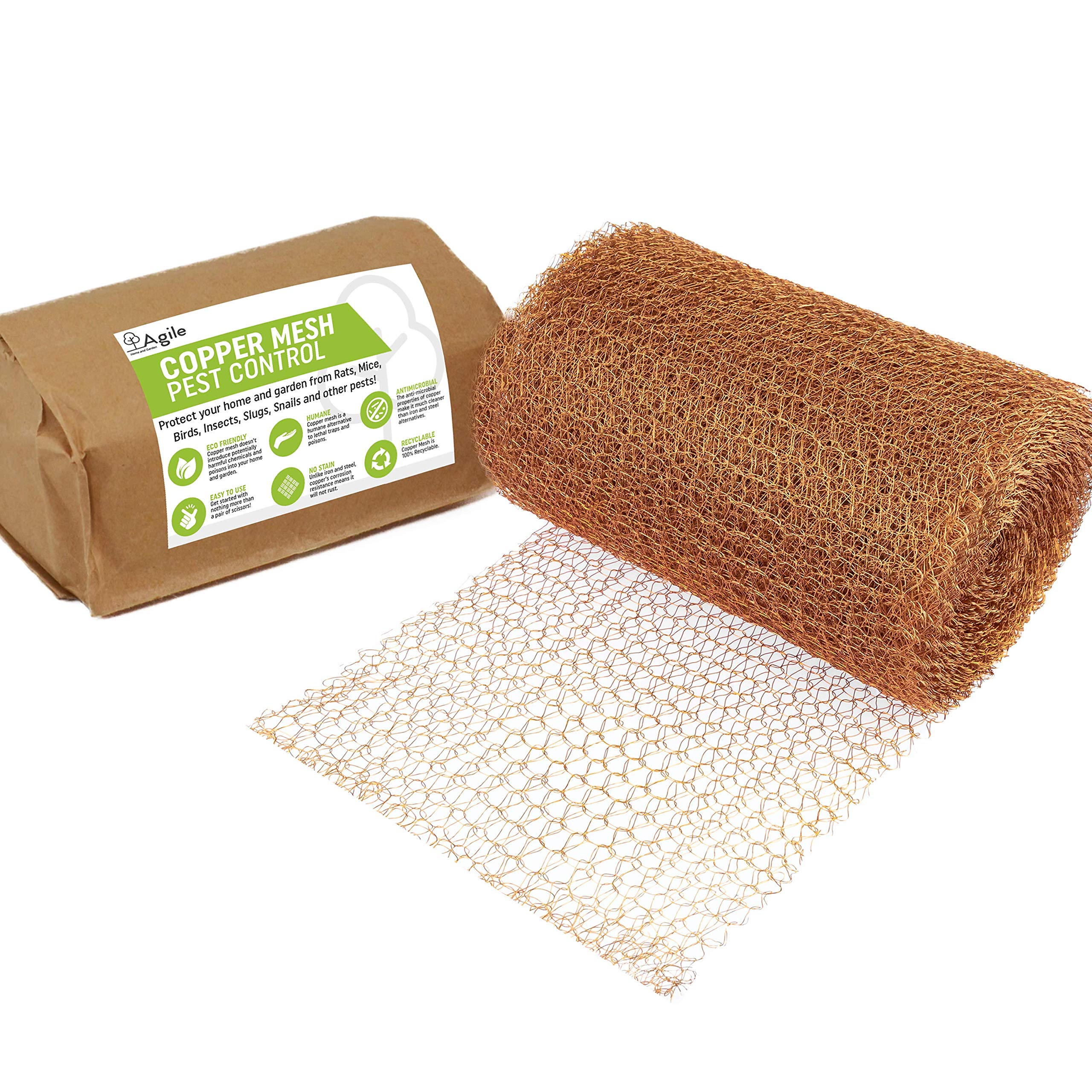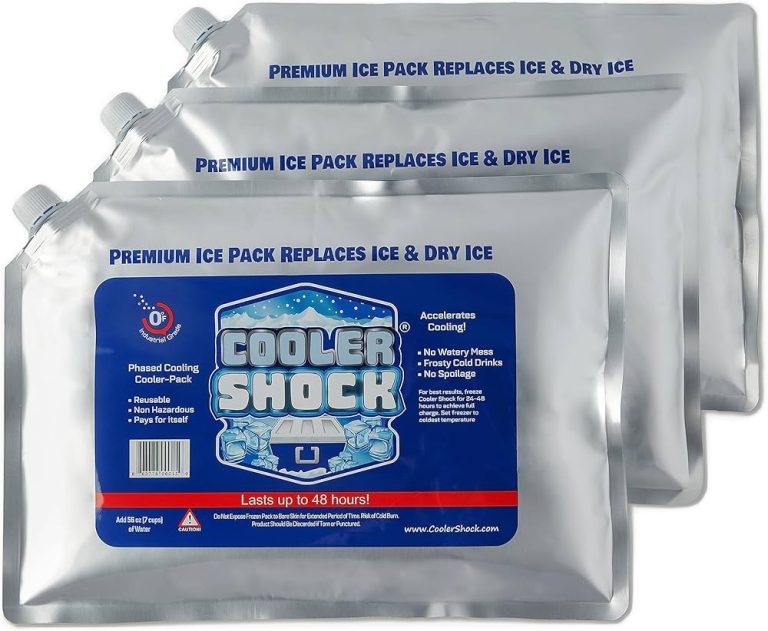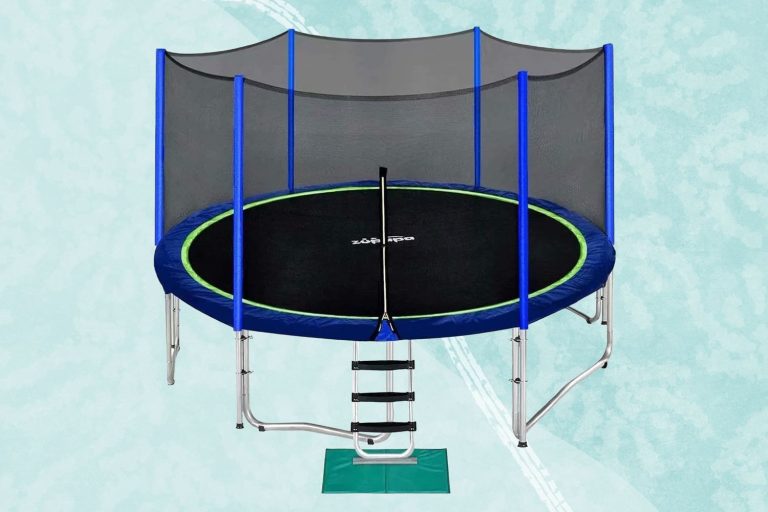9 Best Mice Traps: Effective, Humane, and DIY Solutions for Rodent Control
Dealing with a mouse infestation can be frustrating and stressful. You want an effective solution that gets the job done quickly and humanely. With so many options on the market, picking the right mouse trap can feel overwhelming.
In this guide, you’ll discover the 9 best mice traps that stand out for their efficiency, ease of use, and humane designs. Whether you’re looking for traditional snap traps, electronic options, or no-kill solutions, we’ve got you covered. Let’s help you reclaim your space and keep those pesky rodents at bay.
1. Snap Traps
Snap traps are a classic yet effective solution for dealing with mouse infestations. These traps have been trusted for generations due to their simplicity and efficiency.
Benefits of Using Snap Traps
Speed. Snap traps work quickly, instantly killing the mouse, which means you don’t have to worry about prolonged suffering for the rodent.
Affordability. These traps are budget-friendly, making them a cost-effective option for anyone dealing with a mouse problem.
Reusability. Many snap traps can be reused, which not only saves you money but is also more environmentally friendly.
Simplicity. Snap traps don’t require batteries or electronics, making them straightforward to set up and use.
Top Brands of Snap Traps
Victor. Victor snap traps are known for their reliability and durability, making them a top choice among homeowners.
Tomcat. Tomcat offers a range of snap traps that are easy to set and trigger, providing an effective solution for rodent control.
d-CON. d-CON snap traps combine effectiveness with safety, designed to minimize risk to pets and children while ensuring the mouse is caught.
By employing snap traps, you gain a dependable method to manage mouse infestations effectively. Make sure you choose reputable brands to ensure the traps perform optimally.
2. Electric Traps
If you’re looking for a swift and mess-free way to tackle mouse infestations, electric traps might be your best bet. These traps use advanced technology to provide an efficient and humane solution.
How Electric Traps Work
Electric traps function by delivering a high-voltage shock to mice once they enter the trap. This quick, lethal charge ensures an immediate and humane kill. Most electric traps operate using batteries and have indicator lights that signal when a mouse has been caught, making them user-friendly and discreet. You simply bait the trap with food, set it in a common rodent path, and let the device handle the rest.
- Victor Electronic Mouse Trap
- Key Features: High-voltage shock, built-in safety switch, battery-operated.
- Why It Stands Out: This trap kills mice in seconds and can exterminate up to 100 before needing battery replacement. Victor is a trusted brand with a reputation for reliability.
- Rat Zapper Classic
- Key Features: Easy disposal, no-touch cleanup, indicator light.
- Why It Stands Out: This trap offers a no-mess solution, making it perfect for homes with multiple mouse sightings. The indicator light shows when a mouse is caught, ensuring you only need to check it when necessary.
- Snap-E Mouse Trap
- Key Features: Durable plastic, simple design, reusable.
- Why It Stands Out: While not fully electric, it combines elements of snap traps and electric extermination, making it a versatile option. It’s durable and designed for easy cleaning and reuse.
3. Humane Live Catch Traps
Humane live catch traps are a compassionate way to deal with mouse infestations. These traps capture mice alive, allowing you to release them back into the wild.
Advantages of Humane Live Catch Traps
- No Harm to Mice: These traps ensure that mice are not hurt during the capture process. They catch mice without causing injuries, allowing for a safe release.
- Easy to Use: Most live catch traps are simple to set up and use. Place bait inside the trap, set the door mechanism, and wait for the mouse to enter.
- Reusability: Unlike some other traps, humane live catch traps can be used multiple times. After releasing the mouse, clean the trap, and it’s ready for use again.
- Pet and Child Safe: Without poisons or lethal mechanisms, these traps are safer around pets and children. There’s no risk of accidental harm.
- Environmental Consideration: By opting for humane traps, you’re contributing to a kinder and more eco-friendly approach to pest control. They reduce the need for harmful chemicals.
- Havahart Live Animal Two-Door Mouse Cage Trap: This model features two doors to increase chances of capture. It’s sturdy, reliable, and designed for easy mouse release.
- Catcha 2 Piece Humane Smart Mouse Trap: Made from transparent plastic, this trap allows you to see when a mouse is caught. It’s straightforward to set, clean, and reuse.
- Victor Tin Cat Live Mouse Trap: Holding up to 30 mice at once, this trap is ideal for larger infestations. Its solid construction and easy monitoring make it a top choice.
- Kness Tip-Trap Live Capture Mouse Trap: This compact trap tips over when a mouse enters, safely capturing it inside. It’s affordable and effective for small spaces.
- Authenzo Humane Smart No-Kill Mouse Trap: The sensitive trigger mechanism ensures quick captures, and its ventilation design keeps the mouse comfortable until release.
Humane live catch traps offer an effective, ethical way to control mouse populations. They are safe, reusable, and considerate alternatives to other methods.
4. Glue Traps
Glue traps are simple yet effective tools for catching mice. They work by using a sticky adhesive that immobilizes rodents upon contact.
Effectiveness of Glue Traps
Glue traps capture mice efficiently by luring them to a sticky surface. Once a mouse steps onto the glue board, it gets stuck and cannot escape. These traps are easy to set up and use, requiring no bait or complicated mechanisms. They can be placed in various locations, including along walls, near entry points, and in hidden corners where mice commonly travel. Glue traps are disposable, making cleanup quick and sanitary, which helps maintain a hygienic environment.
Controversies and Considerations
While effective, glue traps raise ethical and humane concerns. Critics argue that immobilized mice may suffer prolonged distress before being discovered and euthanized. Glue traps are also non-target, meaning they may inadvertently catch other small creatures like insects, lizards, or even small birds. You should check glue traps frequently to minimize unnecessary suffering and avoid unwanted captures. In some regions, the use of glue traps is regulated due to animal welfare considerations, so always review local guidelines before using them.
5. Ultrasonic Mice Repellers
Ultrasonic mice repellers offer a non-traditional, humane way to manage rodent problems using high-frequency sound waves. These repellers are increasingly popular due to their ease of use and maintenance-free nature.
Understanding Ultrasonic Mice Repellers
Functionality: Ultrasonic mice repellers emit high-frequency noises that are intolerable to rodents but inaudible to humans and pets. These sound waves disrupt the mice’s communication and navigation, driving them away from your home.
Benefits: Using ultrasonic repellers is humane since they don’t kill or physically harm the mice. They also avoid the mess and complications associated with traditional traps. Moreover, they are safe to use around children and pets.
Limitations: Ultrasonic repellers are generally effective only in the room where they are placed since the sound waves cannot penetrate walls. Therefore, you may need multiple units for larger areas or multi-room infestations.
Selecting the Best Ultrasonic Mice Repellers
Coverage Area: Choose a repeller that covers a sufficient area for the room size you need. Some devices cover up to 1600 square feet, making them suitable for larger spaces.
Frequency Range: Opt for a device with adjustable frequency ranges. This ensures that the mice do not become accustomed to a single frequency, increasing the repeller’s effectiveness.
Additional Features: Look for repellers with additional features like night lights or electromagnetic interference for added pest control. Some models also include multiple power sources such as battery and plug-in options.
Popular Brands: Renowned brands like T3-R, Pest Soldier, and Neatmaster are known for their reliable and effective ultrasonic mice repellers. These brands offer a variety of models tailored to different needs and preferences.
By incorporating ultrasonic mice repellers, you can maintain an effective and humane approach to keeping your home rodent-free.
6. Bait Stations
Bait stations provide a secure, enclosed area for mice to feed on bait. This keeps the bait away from pets and children, making it a safer option for households.
Features of Bait Stations
Enclosed Design: Bait stations feature an enclosed design to protect the bait. This ensures that only mice can access the poison, keeping kids and pets safe.
Tamper-Resistant: Good bait stations are tamper-resistant. They require a key or specific tool to open, guaranteeing that non-target species can’t get inside.
Weather-Resistant: Look for weather-resistant bait stations. These models allow outdoor use without compromising the effectiveness of the bait inside.
Multiple Entry Points: Effective bait stations often have multiple entry points. This encourages mice to enter from different angles, increasing the chances of a successful catch.
Choosing the Right Bait for Bait Stations
Peanut Butter: Peanut butter is highly effective. Mice are naturally attracted to its smell and taste, making it a go-to choice.
Commercial Bait: Utilize commercial bait formulated for bait stations. These products are designed to work quickly and efficiently, ensuring a high success rate.
DIY Options: Consider DIY bait options if you’re in a pinch. Chocolate or bacon bits can serve as effective bait, enticing mice into the station.
Rotate Bait: Rotating bait can prevent bait shyness. Change the bait type every few weeks to keep the mice interested and your bait station effective.
7. DIY Mice Traps
DIY mice traps are cost-effective and can be made with household items. They’re perfect if you want a quick solution without buying commercial products.
How to Make a DIY Mice Trap
Creating a DIY mice trap is simple. Use a bucket, a ramp, and some bait. First, get a sizable bucket. Next, place a wooden ramp leading to the bucket’s rim. Then, smear peanut butter on the inside of the bucket, just below the rim. Mice will climb the ramp and fall into the bucket when trying to reach the bait. A snap trap mechanism can be improvised using a clothespin, a small board, and bait to hold the pin. The mouse’s attempt to get the bait will release the pin, trapping it.
Effectiveness of DIY Solutions
DIY mice traps can be highly effective for small infestations. They’re quick to set up and use common household items. However, they’re best for capturing a few mice rather than large infestations. Regularly check and refresh the bait to maintain their efficacy. For extensive problems, consider combining DIY traps with commercial solutions to ensure thorough control.
8. Bucket Traps
Bucket traps are popular for their simplicity and effectiveness. They’re a great DIY solution for controlling small mouse infestations without using harmful chemicals.
How Bucket Traps Work
Bucket traps use a straightforward design to catch mice. You usually place bait on an elevated platform or over a rolling device, which is suspended above a bucket filled with water or other humane containment methods. When the mouse goes for the bait, it loses its balance and falls into the bucket, where it can’t escape.
Constructing Your Own Bucket Trap
Constructing a bucket trap requires basic materials like a bucket, a ramp, a rolling device (like a soda can), and bait. To build:
- Prepare the Bucket: Use a standard 5-gallon bucket.
- Create the Ramp: Use a wooden plank or stiff cardboard to allow mice convenient access to the top of the bucket.
- Install the Rolling Mechanism: Skewer a soda can or similar cylindrical object and balance it over the bucket opening.
- Add Bait: Smear peanut butter or another favorite bait on the rolling device.
- Set Up: Position the bucket trap in areas where you’ve noticed mouse activity.
These traps are reusable, easy to clean, and cost-effective, making them a valuable tool in your arsenal against mice.
9. Plastic Bottle Mice Traps
Plastic bottle mice traps are an eco-friendly and cost-effective way to catch small rodents using easily accessible materials.
Innovative Aspects of Plastic Bottle Traps
Plastic bottle traps are innovative because they repurpose everyday items. They utilize gravity and a one-way entry design, making it difficult for mice to escape. These traps are non-toxic, environmentally friendly, and often reusable. Plus, they’re inexpensive, which is perfect if you need multiple traps.
- Gather Materials: You’ll need a plastic bottle (2-liter works best), a thin rod or string, a sharp knife, and bait like peanut butter.
- Cut Entrance: Make a small hole near the bottle’s neck wide enough for a mouse to enter.
- Insert Rod or String: Create two small holes on opposite sides of the bottle’s neck to thread the rod or string through, allowing it to pivot.
- Attach Bait: Smear peanut butter inside the bottle, towards the bottom.
- Position the Trap: Lay the bottle flat with the entrance near a wall where mice travel. The bait’s smell will attract them inside, and the pivot mechanism will make it challenging to escape.
These simple steps let you create an effective and humane trap to manage small mouse infestations without spending much money.
Conclusion
Choosing the right mouse trap is crucial for effectively managing infestations. Whether you opt for traditional snap traps, humane live catch options, or innovative DIY solutions like plastic bottle traps, each method has its unique benefits. Remember to consider the severity of your infestation and the environment where you’ll place the traps. Combining different types of traps can often yield the best results. By being strategic and proactive, you can tackle your mouse problem efficiently and humanely.






